Fresh Water Present on Earth ‘500 million years earlier than previously thought’: Supported By Ancient Crystals
A new study analyzing ancient crystal grains embedded in rock from the Australian outback suggests that Earth had dry land and fresh water around 4 billion years ago, contradicting the previous belief that the planet was entirely covered by oceans.
Chemical clues within these crystals indicate that the hot, molten rocks from which they formed came into contact with fresh water during their formation, according to a study published in Nature Geoscience.
Crystals Dated As Far Back As Four Billion Years Ago
Lead author Hamed Gamaleldien, an adjunct research fellow at Curtin University’s School of Earth and Planetary Sciences in Australia and an assistant professor at Khalifa University in the UAE, explained, “By examining the age and oxygen isotopes in tiny crystals of the mineral zircon, we found unusually light isotopic signatures as far back as four billion years ago. Such light oxygen isotopes are typically the result of hot, fresh water altering rocks several kilometres below Earth’s surface.”
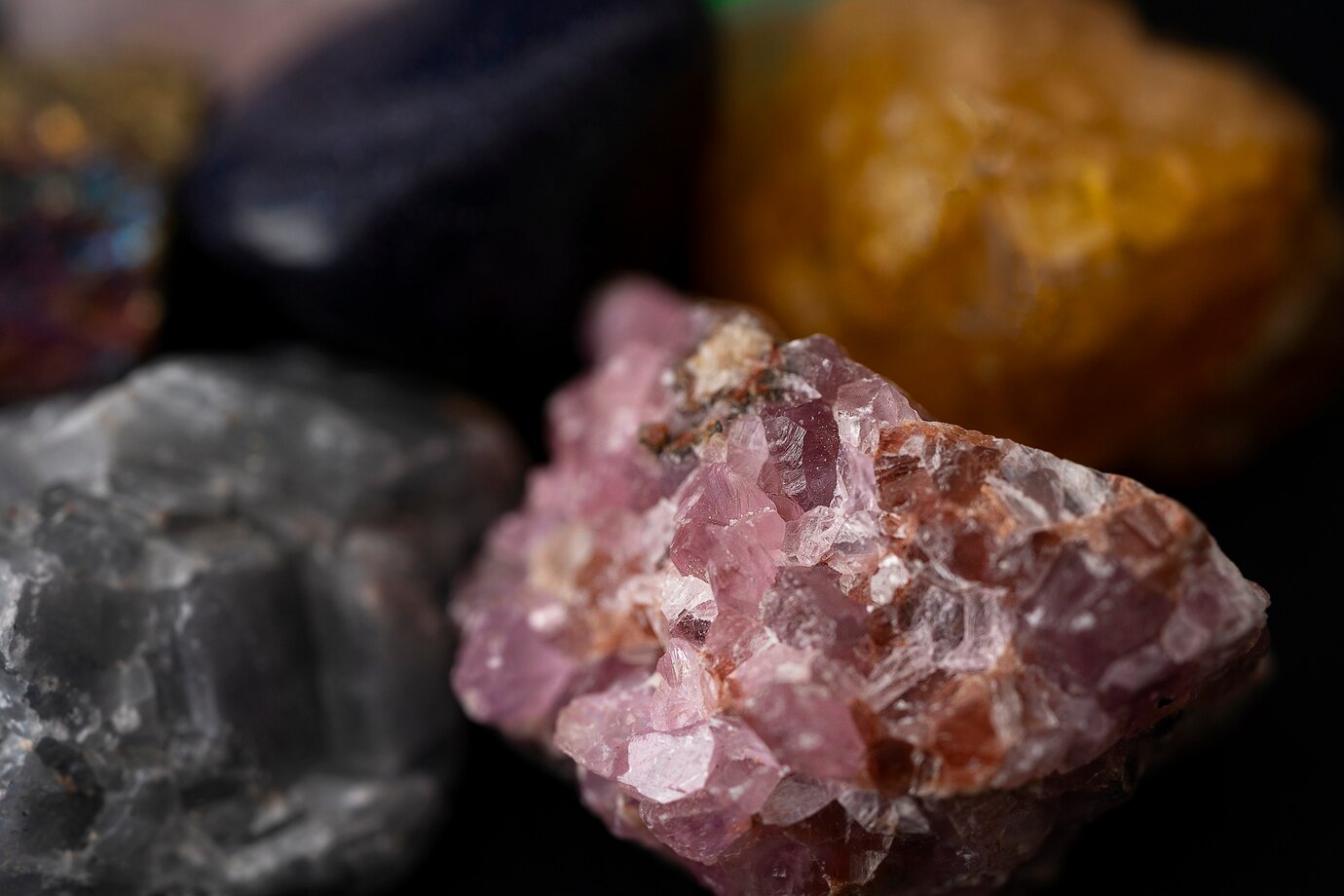
Source: Freepik
Gamaleldien noted that the presence of fresh water can only be explained by the existence of dry land, where water would collect and seep into the continental crust. “We have two important things here. We have discovered the earliest evidence of fresh water and representative evidence for dry land above the sea,” he added.
Earth’s Water Cycle Already Existed
The research suggests that Earth’s water cycle, involving the movement of water between land, oceans, and the atmosphere through evaporation and precipitation, was already functioning at that time.
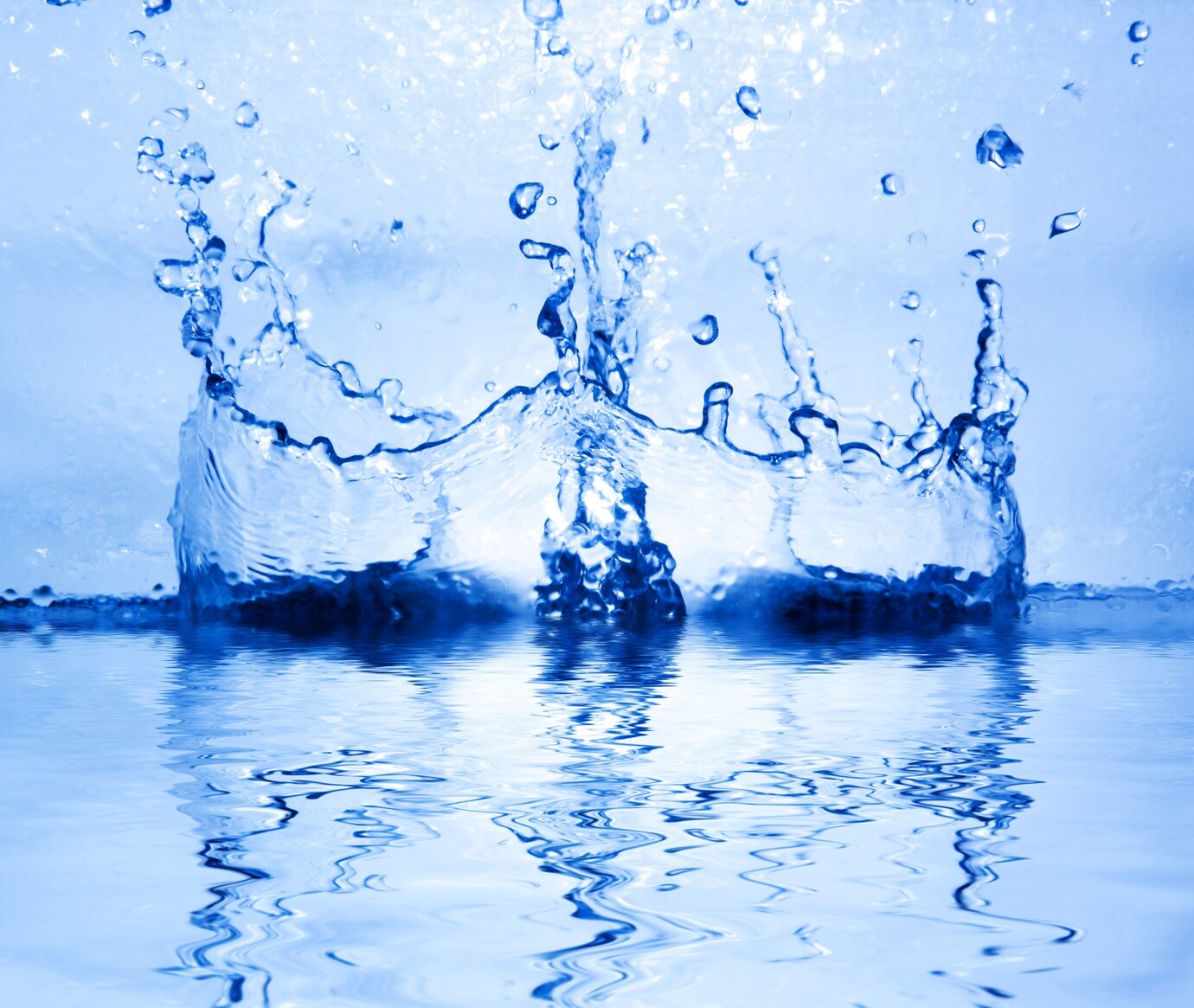
Source: Bedneyimages, Freepik
This finding indicates that the conditions necessary for the origins of life existed less than 600 million years after Earth’s formation.
Groundbreaking Discovery On Earth’s Early History
The earliest widely accepted evidence of life and fresh water comes from stromatolites, fossilized microbes that formed mounds in hot springs 3.5 billion years ago, Gamaleldien said.
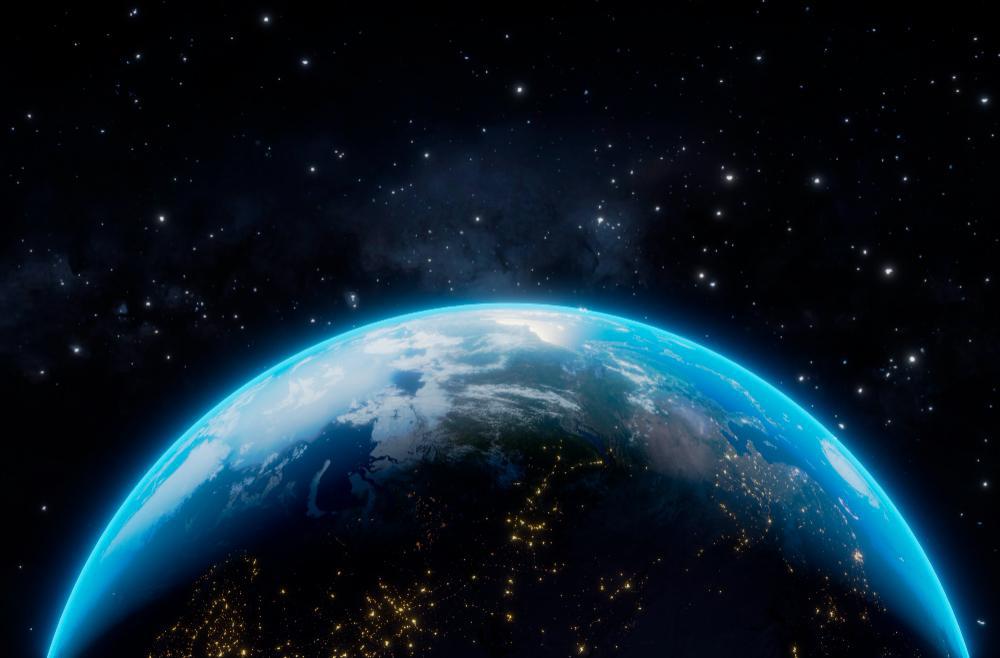
Source: Wikimedia
“This discovery not only sheds light on Earth’s early history but also suggests that landmasses and fresh water set the stage for life to flourish within a relatively short time frame—less than 600 million years after the planet formed,” said study coauthor Hugo Olierook, a senior research fellow at Curtin’s School of Earth and Planetary Sciences. He added that these findings represent a significant advancement in understanding Earth’s early history and open new avenues for exploring the origins of life.
Chapter One In Earth’s History
The Hadean Eon, spanning from 4.5 billion to 4 billion years ago, is the earliest chapter in Earth’s history and remains poorly understood due to the lack of rocks that old.
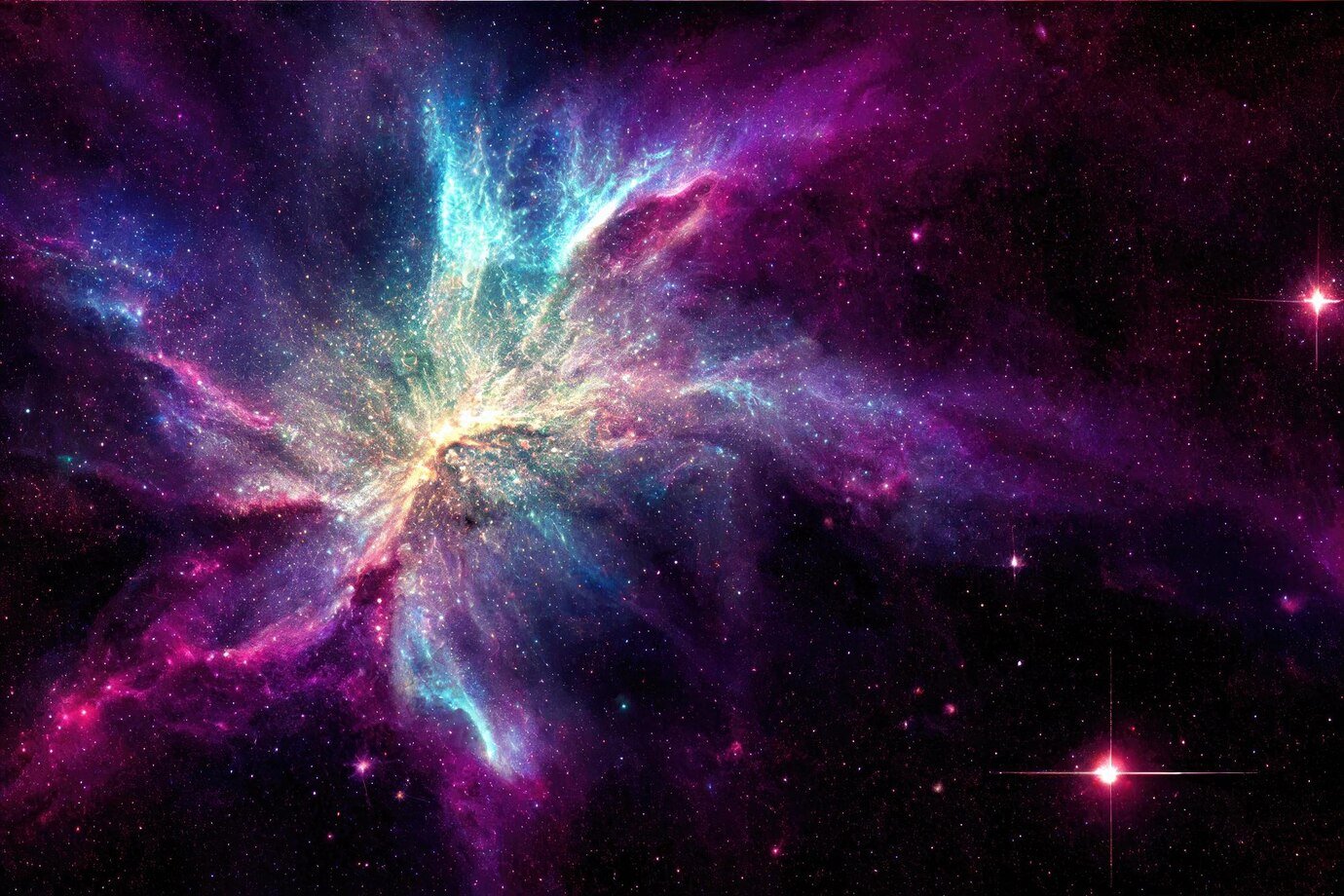
Source: Benzoix, Freepik
The oldest known rocks are 4 billion years old. Zircon crystals, however, provide a glimpse into this period. These tiny mineral grains are extremely durable and can be preserved in younger rocks.
Zircon Crystals “The Only Witness To The Hadean Period”
The zircons in the study were found in 3.1 billion-year-old orange sandstone from the Jack Hills formation in Western Australia.
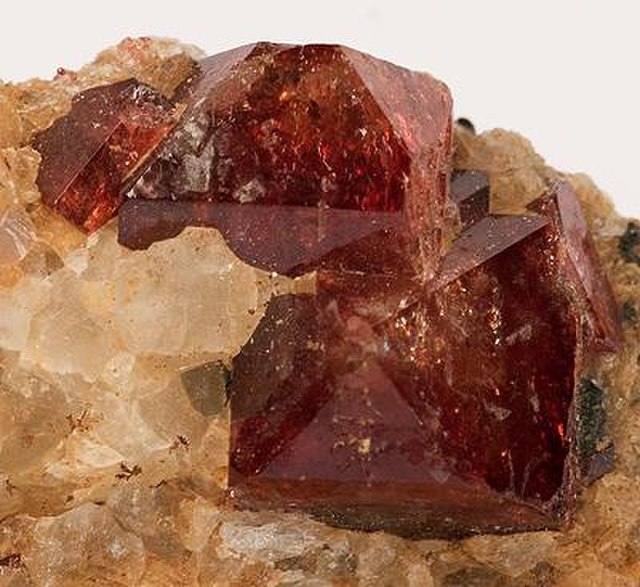
Source: Robert M Lavinsky, Wikimedia
Zircons are valuable to geologists because they contain uranium, allowing scientists to determine their age by measuring the radioactive decay of uranium ions. The oldest terrestrial material found is a zircon from the Jack Hills formation, dated to 4.4 billion years ago. “(Zircon) is a unique mineral. It is highly resistant and doesn’t alter (over time),” Gamaleldien said. “It’s the only witness to the Hadean period.”
Researchers’ Meticulous Work Pays Off
To reach their findings, researchers extracted, mounted, and polished 2,500 zircon grains—each about the width of two or three human hairs—before dating 1,400 of them and measuring different oxygen isotopes within the zircons.

Source: DC Studio, Freepik
Salt water contains heavier oxygen isotopes, which resist evaporation, while rainwater contains lighter isotopes. Two zircon crystals showed isotopic evidence of fresh water; one was 4 billion years old, and the other was 3.4 billion years old.
Modern Technology Discovers Ancient History
Using a computer model, the team ran 10,000 simulations of zircon composition to understand how molten rocks mixed with seawater, rainwater, or a combination of both.

Source: Freepik
They found that only with some fresh water could they explain the light isotopic signature of their zircons.
Harmony Of Life – Land & Water
Gamaleldien mentioned that it was impossible to determine the size of the landmasses from their work, but there would have been some dry land above sea level. He added that land and fresh water, likely from rain, would have provided essential ingredients for the origin of life.
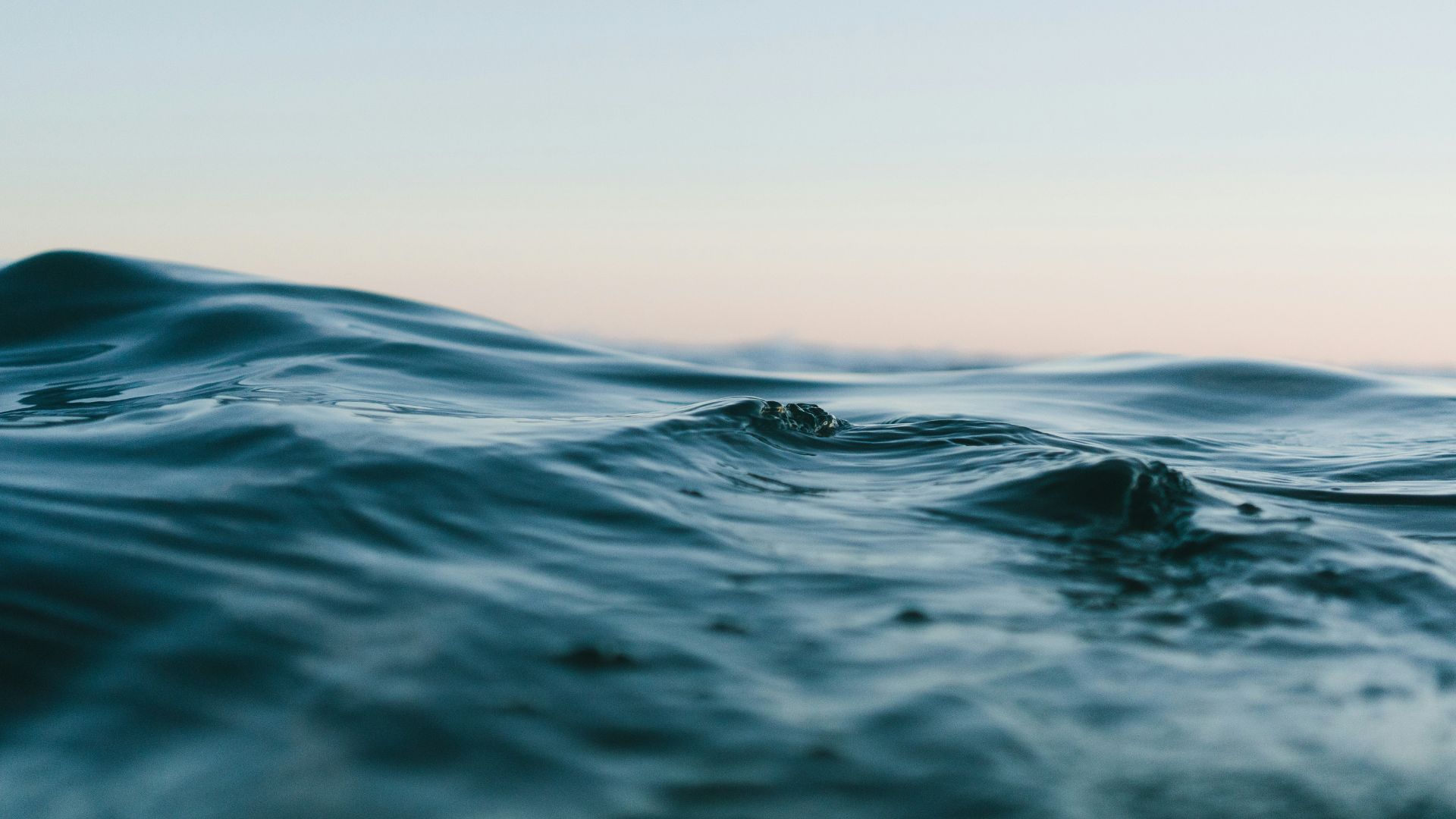
Source: Matt Hardy/Unsplash
Scientists have various theories about life’s origins on Earth. Some suggest it formed around deep ocean vents, while others believe it emerged in shallow bodies of water on land. Gamaleldien said the new findings support the latter hypothesis, and the researchers plan to recover more zircons for geochemical analysis to investigate further.
Professor Supports Findings
John Valley, a professor of geoscience at the University of Wisconsin-Madison who was not involved in the new research, agreed that conditions for life could have existed on Earth so long ago. Valley, one of the first scientists to use zircons to show ancient oceans and cooler temperatures more than 4 billion years ago, commented that the fluid the zircon precursor contacted could have been rainwater or seawater.

Source: Jcomp, Freepik
He noted that the study’s computer model assumed the isotopic composition of the Hadean ocean was identical to that of today’s oceans. “The main novelty of the new paper is concluding that rainwater means the rocks were (on land) rather than submarine,” Valley said. “This has always been regarded as one possibility, but there is no new evidence presented that allows one to know this.”
As Tough As Zircon
Geochemist Beth Ann Bell, an assistant researcher at UCLA’s department of earth, planetary, and space sciences who was not involved in the study, said the very light isotope values “made a strong case” for interactions between rock and fresh water during the Hadean period, implying some dry land at that time.

Source: Koreller, Freepik
“Zircon is physically tough and won’t weather away at Earth’s surface,” Bell said “(It) routinely survives billions of years in the crust and at the surface with its geochemical information (intact).”
